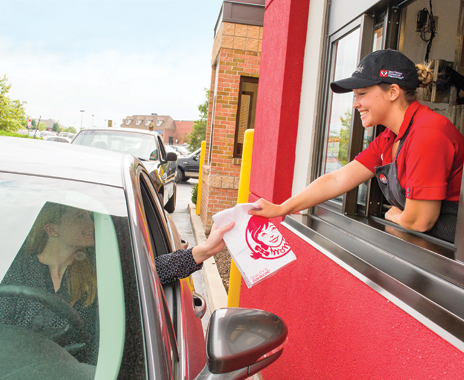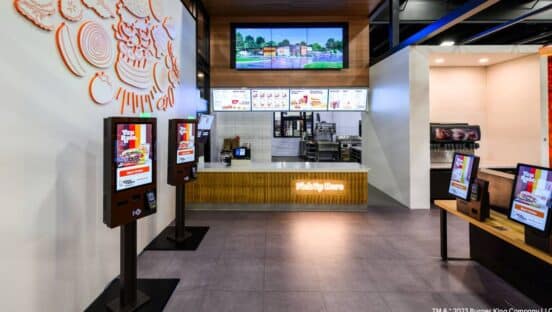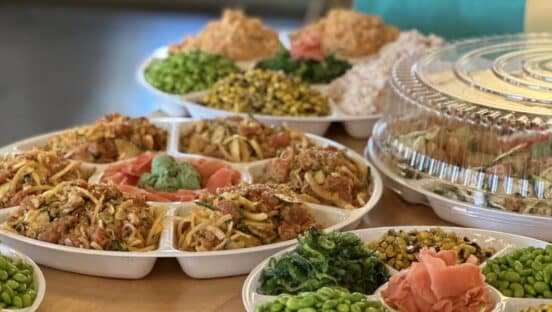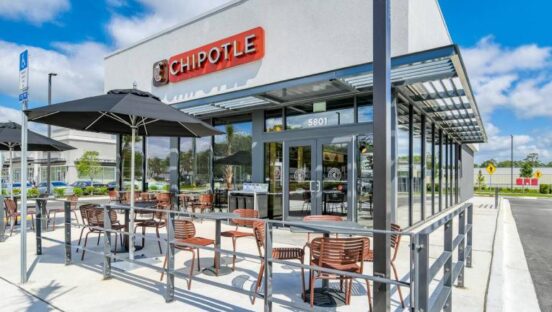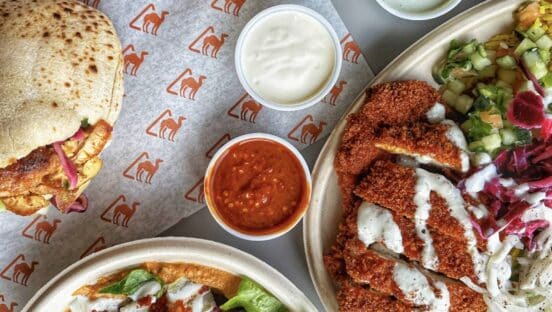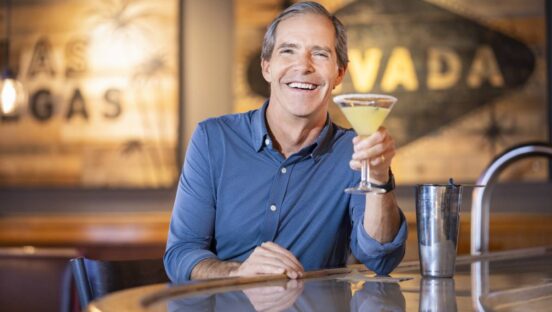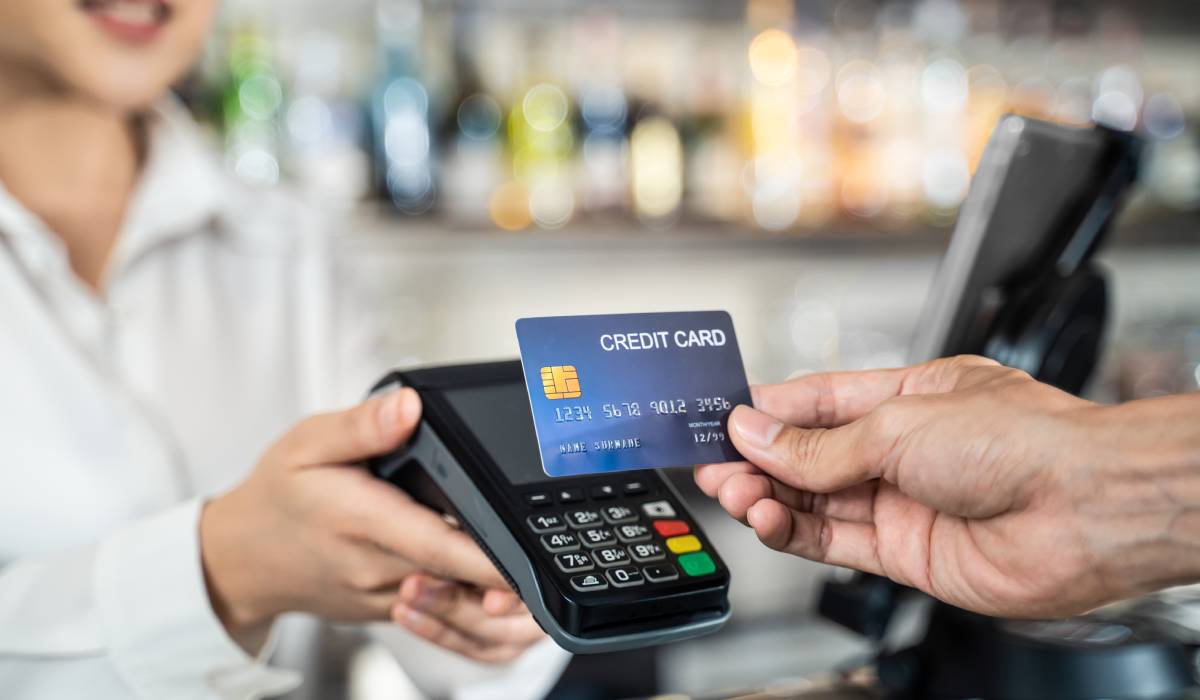As dayparts blur and customers increase their demand for more convenient and higher-quality food, the drive thru represents both a great opportunity and a potential pitfall for many restaurant operators.
Mobile payment and ordering have started to creep into the drive thru, with brands like Starbucks and Wendy’s piloting their own models. At the same time, chains are reengineering the basics—namely, operations and customer service—to not only increase speed and accuracy, but also to improve the customer experience.
But in an industry in which as much as 60–70 percent of business rolls through the outdoor lane, the risk of the drive thru leaving a negative impression on the customer experience is abundant. That’s why operators must constantly work to make the drive thru as efficient and successful as possible.
To study the effectiveness of the drive thru, QSR has published the Drive-Thru Performance Study for nearly 20 years. Last year, we introduced a new format in which performance was measured across dayparts and menu categories (rather than among individual brands), and we’re continuing that model this year to compare the performance over last year and review trends among the major industry categories and meal times. One new change over last year is that, instead of researching performance at bone-in chicken concepts, we’ve studied the effectiveness of ethnic brands in the Mexican, Chinese, and Italian menu categories. (In addition, the mix of brands studied within the menu categories changed; see sidebar at end of the story.)
Although drive thru has historically been the land of burgers and fries, Fazoli’s breaks the mold; the Lexington, Kentucky–based Italian brand has boasted a drive thru at most of its stores since the brand was founded in 1988. Now Fazoli’s is overhauling its drive thru, which CEO Carl Howard credits as being the fastest-growing part of the restaurant.
“Our single biggest focus right now is improving our drive-thru accuracy, because once they leave and it’s not right, it’s a lot more difficult to recover those guests than someone who’s dining in,” Howard says. “You look at Starbucks and some of these other chains adding drive-thru components to their business; I think it shows that the public is demanding more convenience, and drive thru is one way to give them more convenience.”
At the end of July, Fazoli’s rolled out a new initiative, “Drive Under 5,” at all company-owned stores. The initiative aimed to get the entire drive-thru experience under 5 minutes through several changes: The traditional checkered menuboard was replaced with an easier-to-read three-panel menuboard; larger POP merchandisers were placed to highlight limited-time offers; and the entire communications system, from headsets to speakers, was audited and repaired or replaced when necessary. The brand also rolled out new packaging and updated procedures to triple-check every order for accuracy.
The decision seems especially prescient given that the ethnic menu category outperformed all others in terms of speed of service, accuracy, and customer service.
Brian Baker is a member of the advisory board at Mystery Researchers, the Performance Study’s research partner, and a consultant who has overseen the Drive-Thru Study since its inception. He says it’s impressive how the ethnic category beat both the burger and sandwich categories across some of the major drive-thru metrics.
“Since you have multiple areas where they seem to be outperforming the other categories, even though it’s not a statistically significant difference, I think that we could probably look at that and explore it a little more,” Baker says. “If they were barely the most accurate and everything else was comparable, my expectation would be that it’s nothing. But on all of these, they outperform the other categories.”
Scott SirLouis, the vice president of operations at Fazoli’s who headed the “Drive Under 5” initiative, says one of the most significant changes was bringing all locations onto a standardized timing system. Stores that had an existing timer were retrofitted with new ones, while others received their first-ever timers. Through these timers, teams can measure their speed while a third-party data partner sends surveys to track order accuracy and customer satisfaction. SirLouis says that through these metrics, Fazoli’s is able to bring better training procedures into place and initiate contests that engage employees.
“One of the things that really pushed us into this initiative is that we noticed that, for several quarters now, our drive-thru comp sales have exceeded our dining room comp sales,” SirLouis says.
Although many limited-service concepts are building business during the morning and snack—both afternoon and late night—occasions, Fazoli’s finds its drive thru to be especially busy between 4 and 5 p.m., when consumers are picking up larger orders to take home for dinner, SirLouis says. He adds that during these hours, the dining room is much quieter.
In the later dayparts, experts say, speed is less crucial than during the morning and lunchtime rushes, when customers are on their way to work or taking a brief break.
Breakfast is especially abuzz across the limited-service sector. After years of waffling, McDonald’s finally decided to roll out an all-day breakfast; Chick-fil-A introduced its own specialty-grade coffee and a Greek Yogurt Parfait; and Taco Bell continued to raise the bar for innovative morning meals (Biscuit Taco with a side of Cap’n Crunch Delights, anyone?). According to The NPD Group, breakfast witnessed a 4 percent sales growth in the year ending May 2015, effectively beating out all other dayparts.
Despite the booming popularity of breakfast, operators have been able to keep up with demand. The average service time—beginning when a customer places an order to when he or she drives away with it—was 183.38 seconds, or 30 seconds quicker than the next fastest daypart, which was lunch.
Baker says he would have expected that consumers would feel rushed or complain that breakfast service was too slow, but survey respondents were overwhelmingly pleased with the morning daypart; 84 percent reported that the service was “about right,” 14.6 percent said it was slow, and only 1.4 percent found service to be rushed.
[pagebreak]
Jack in the Box chief marketing officer Keith Guilbault says that while speed and consistency are important throughout the day, breakfast and lunch in particular have a certain urgency for many guests.
“Those are the dayparts when it’s critically important. I think we still focus on it across all the dayparts, but I think as you move into snack, dinner, and late night, we interpret that, in the guest’s mind, there may be a little less of the time-starved nature of their visit,” Guilbault says.
To ensure that Jack in the Box meets customers’ need for speed at these earlier times, Guilbault says, it’s paramount to have ample staff who are properly trained. Without that foundation, he adds, equipment upgrades and operational procedures can only go so far. When it comes to performance during the morning daypart, Jack in the Box has the benefit of having served all-day breakfast for years. The rest of the industry seems to be catching on to the importance of the breakfast daypart, too; breakfast outperforms in speed, accuracy, and customer service, suggesting operators are scheduling the most (and the best) employees earlier in the day.
But customers do not merely expect a good product delivered quickly. Guilbault says the advent of fast casual and other legacy brands stepping up their game has led to higher expectations from consumers.
“Every single day we are looking at delivering a great experience for the customer because expectations are increasing. That’s definitely something that is on our radar every single day,” Guilbault says.
Ramping up service could explain a slowdown for another daypart. Between 2014 and 2015, the speed of service for after-dinner orders fell from 211.83 seconds (bested only by afternoon snack and breakfast) to 261.48, making it the slowest daypart.
Baker says this year’s longer service times for both afternoon (217.81 seconds on average) and late-night snacks might be more reflective of the industry than last year’s surprisingly speedy times. After all, he adds, it seems logical to have the best employees ready for the busiest times (such as breakfast, lunch, and dinner), while the nontraditional dayparts offer something of a reprieve.
For example, Popeyes uses the lull period after lunch to do prep work for dinner, which can range from a single order at the drive thru to multiple orders for a large family, says chief operating officer John Merkin.
“We have a distinct difference between what happens during the lunch drive-thru period and the dinner drive-thru period, and because we actually cook in our kitchen and because that prep time is up to 20–25 minutes, we spend a lot of time working with our operators on sales forecasts, so that way we’re always ready,” Merkin says. “Dinner for us can start at 4:30 in the afternoon and go through 8:30, and from there you don’t know if you’re getting the individual or if you’re going to have somebody buying for the entire family.”
Brands aren’t just looking to improve speed of service times; they’re also hoping to improve the customer experience. Merkin says that at one Popeyes location, the staff is so dedicated to a positive experience that an employee is known to sing orders back to guests. But for most operators, a positive experience begins and ends with an accurate order. In the past year, accuracy increased or stayed roughly the same across all dayparts. Dinner was the most improved, gaining 5 percentage points over last year.
Hardee’s chief operating officer Eric Williams says that as consumers’ lives become busier, drive thru—which accounts for more than half of its business—is a high priority for the brand. He adds that while breakfast “commands the most loyalty” from guests, lunch and dinner are quickly growing thanks in part to more premium menu items.
“We just recently rolled out a Grilled Pork Chop Biscuit, so whenever those kinds of products that consumers crave are launched, we do see an increase in dine-in and drive thru, but particularly drive-thru service,” Williams says. “Because of Angus Beef Thickburgers, and since the launch of them back in 2002, we’ve seen a growing demand for our premium burgers through the drive thru.”
But while Hardee’s Thickburgers and new All-Natural Burgers might drive traffic, the burger category saw a bit of a slowdown this year, with its average service times increasing by nearly 30 seconds. Speed varies widely depending on volume: For zero to two cars in queue, the average service time is 202.80 seconds; for three to five cars, it increases to 300.31; and for six or more cars in line, it’s a whopping 369.94.
Baker does not have a theory to explain the sizable change from last year, but concedes that the uptick of customized orders could be partially to blame.
To keep up with more personalized orders, Krystal did something counterintuitive: It simplified the menu by eliminating 18 SKUs. The brand also invested in an improved headset system.
“With customization, we want to be able to take care of that, so one of the things we did was a best-practice sharing,” says Krystal COO Gary Clough. “We have headsets for all our grill operators, along with our cashiers and managers. So what happens is, when they hear a special order on their headset, they’re already jumping on making it.”
In just a year since implementing these changes, Clough says, the Atlanta-based chain has shaved 30 seconds off its drive-thru operation in internal tests. He adds that it is crucial to become aware of the complexities at each daypart. Krystal plans for four throughout the day—breakfast, lunch, dinner, and late night—while other brands have also incorporated in the afternoon daypart as more customers seek mini meals and snacks.
A 2013 study by the Hartman Group found that snacks account for half of eating occasions, but only 20 percent are consumed away from home. Largely untapped by restaurants, snack occasions represent a new frontier for foodservice.
“To try to increase same-store sales year to year, all of these different segments have emerged,” Baker says. “Breakfast came along first, and now we’re seeing a lot more push toward late night. The goal for brands is to get more sales out of each existing restaurant. Any time something gets more attention, the result is that it will likely perform better.”
[pagebreak]
Wendy’s trailblazed the late-night daypart back in 2001—well ahead of most competitors—and now the brand is hoping to court the afternoon-snack customer with equal success. The chain introduced items like the Loaded French Fries, which Wendy’s director of brand communications Frank Vamos says could be eaten as a meal or shared as a snack.
This year, the afternoon snack slightly beat out the other dayparts in terms of accuracy (90.3 percent accurate on average), but like late night, it slowed down considerably, going from an average service time of 173.39 to 217.81 seconds. Again, Baker says the newer data seem more realistic given that operators still do not see the crush of cars in the queue at nontraditional hours.
Beyond the dissolution of standardized meal times, drive thru could undergo an even bigger shift in the near future as technological advances such as mobile payment and ordering become mainstream.
“Whether it’s order-confirmation boards or whether its mobile, I think everybody—if they’re going to compete in the coming years in quick service—has to embrace technology,” Krystal’s Clough says. “There are a lot of things that are out there that can really help not only with accuracy, but also with service.”
Other operators express similar interest in exploring these new tools; some have even started putting platforms to the test.
Already the Starbucks App allows customers to pay with their smartphones inside stores or in the drive thru. Last December, the company launched a pilot program of its Mobile Order & Pay platform in Portland, Oregon, and it has since expanded to more than 3,400 stores nationwide. Given Starbucks’ swift rollout of its digital initiatives, mobile ordering could soon follow.
Wendy’s is also making strides in the mobile arena. In 2012, the brand introduced the My Wendy’s app and later built in mobile payment capabilities. It is now testing mobile ordering in a few cities, including Columbus, Ohio, and Phoenix. The mobile payment app works both in the dining room and the drive thru.
“Once a customer has placed an order via the Wendy’s app, the restaurant can detect when that customer has arrived through bluetooth beacons. That signal tells the crew to start making the order so the customer receives it fresh,” Vamos says. “At the pickup window, it pushes your order to the screen automatically when you pull up to order, letting you skip that part of the process.”
Baker says the adoption of mobile payment might end up being reminiscent of another payment shift: the acceptance of credit cards at the drive thru. In the first year, no more than 5–10 percent of quick serves accepted electronic payment, but it quickly ramped up to nearly 100 percent in the span of a few years, he adds.
Regardless of menu category, daypart, and emerging technologies, Baker says, a streamlined process remains one of the most vital components to a successful drive thru.
“If your process is right, it shouldn’t matter when you are applying the process,” he says. “If your process is to get orders accurate and out the door—whether that process occurs at lunch, breakfast, snack, or late night—you should typically get the same result.”

